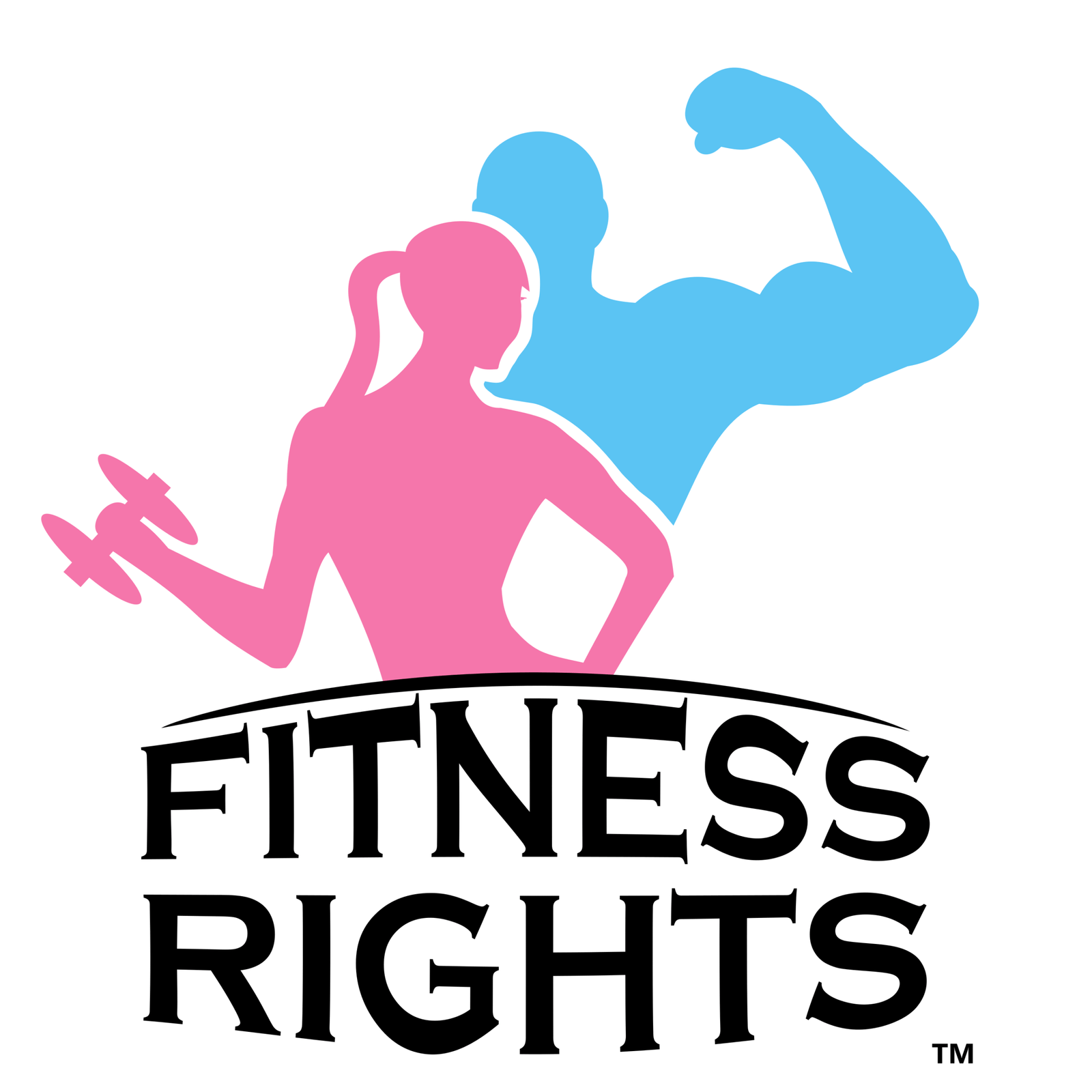Dog agility training is more than just a fun activity; it’s a way to build a stronger bond with your furry friend while keeping them physically and mentally stimulated. This guide will walk you through everything you need to know about dog agility plans, from understanding the basics to creating advanced strategies for competition. Let’s embark on this exciting journey together!
Table of Contents
ToggleUnderstanding Dog Agility Plans
Introduction to Dog Agility
Dog agility is a competitive sport where dogs navigate through an obstacle course under the guidance of their handler. Originating in the late 1970s in England, it was inspired by equestrian show jumping. The sport quickly gained popularity and spread worldwide, becoming a staple in dog training and competitions.
Agility courses typically include a variety of obstacles such as jumps, tunnels, weave poles, and contact equipment like the A-frame and dog walk. The goal is to complete the course as quickly and accurately as possible. This sport is not only a test of the dog’s agility and speed but also their obedience and the handler’s ability to direct them.
Benefits of Dog Agility Training
Engaging in dog agility training offers numerous benefits for both the dog and the handler:
• Physical Exercise: Agility training provides a full-body workout for dogs, helping to keep them fit and healthy.
• Mental Stimulation: Navigating through an obstacle course requires concentration and problem-solving skills, keeping your dog mentally sharp.
• Bonding: Working together to complete an agility course strengthens the bond between you and your dog.
• Behavior Improvement: Agility training can help reduce behavioral issues by providing an outlet for your dog’s energy and improving their focus and obedience.
• Confidence Building: Successfully completing obstacles boosts your dog’s confidence and can help shy or anxious dogs become more outgoing.
Components of a Dog Agility Course
A standard dog agility course consists of various obstacles that test different aspects of a dog’s agility, speed, and obedience. Understanding these components is essential for creating an effective training plan.
Jumps and Hurdles
Jumps and hurdles are the most common obstacles in an agility course. They come in various forms, including:
• Single Bar Jumps: A simple jump with one bar that the dog must clear.
• Double and Triple Jumps: These require the dog to jump over two or three bars, respectively, set at different heights.
• Tire Jumps: A circular jump that the dog must pass through.
• Panel Jumps: A solid panel that the dog must jump over.
Training Tips:
– Start with low heights and gradually increase as your dog becomes more confident.
– Use positive reinforcement, such as treats and praise, to encourage your dog.
– Ensure the jumps are stable and safe to prevent injuries.
Tunnels and Chutes
Tunnels and chutes add an element of excitement and challenge to the agility course. They include:
• Open Tunnels: Flexible tubes that the dog must run through.
• Collapsed Chutes: A tunnel with a solid entrance and a fabric chute that collapses as the dog runs through it.
Training Tips:
– Introduce tunnels gradually, starting with shorter lengths.
– Use treats or toys to encourage your dog to enter and exit the tunnel.
– Ensure the tunnel is securely anchored to prevent it from moving.
Types of Dog Agility Equipment
Having the right equipment is crucial for effective agility training. Here’s a closer look at some essential pieces of equipment:
Weave Poles
Weave poles are a series of vertical poles that the dog must weave through in a zigzag pattern. This obstacle tests the dog’s agility and coordination.
Training Tips:
– Start with fewer poles and gradually increase the number.
– Use guides or channels to help your dog learn the weaving motion.
– Practice regularly to improve speed and accuracy.
A-Frame
The A-frame is a large, inclined ramp that the dog must ascend and descend. It tests the dog’s balance and confidence.
Training Tips:
– Ensure the surface has good traction to prevent slipping.
– Supervise your dog closely to prevent falls.
– Use treats and praise to encourage your dog to climb the A-frame.
Dog Walk
The dog walk consists of a horizontal plank elevated off the ground, with ramps at each end. It tests the dog’s balance and precision.
Training Tips:
– Start with low heights and gradually increase as your dog becomes more confident.
– Use safety measures, such as a harness, to prevent falls.
– Practice regularly to improve your dog’s balance and control.
Training Techniques for Dog Agility
Effective training techniques are essential for success in dog agility. Here are some methods to consider:
Positive Reinforcement Methods
Positive reinforcement involves rewarding your dog for desired behaviors, making them more likely to repeat those behaviors. This method is highly effective for agility training.
• Treats: Use small, tasty treats to reward your dog for completing obstacles correctly.
• Praise: Verbal praise and petting can be powerful motivators for your dog.
• Toys: Some dogs are highly motivated by toys, so use them as rewards during training.
Common Training Mistakes to Avoid
Avoiding common mistakes can help you and your dog succeed in agility training:
• Overtraining: Too much training can lead to burnout and injuries. Keep sessions short and fun.
• Inconsistent Commands: Use consistent commands and signals to avoid confusing your dog.
• Lack of Patience: Training takes time and patience. Don’t rush the process or get frustrated with your dog.
Creating a Dog Agility Plan
Creating a well-structured agility plan is essential for achieving your training goals. Here’s how to get started:
Setting Goals for Your Dog
Setting clear, achievable goals is the first step in creating an effective agility plan. Consider your dog’s current skill level and what you hope to achieve.
• Short-Term Goals: These might include mastering a specific obstacle or improving speed on a particular course.
• Long-Term Goals: These could involve competing in agility trials or achieving a certain level of proficiency.
Designing a Training Schedule
A consistent training schedule is crucial for progress. Here’s how to design one:
• Frequency: Aim for 2-3 training sessions per week, with each session lasting 15-30 minutes.
• Variety: Include a mix of different obstacles and exercises to keep training interesting.
• Rest Days: Allow for rest days to prevent burnout and injuries.
Advanced Dog Agility Strategies
Once your dog has mastered the basics, it’s time to move on to more advanced strategies.
Improving Speed and Accuracy
Speed and accuracy are key components of successful agility training. Here are some tips to improve both:
• Practice Regularly: Consistent practice is essential for improving speed and accuracy.
• Use Timers: Use a timer to track your dog’s progress and set new goals.
• Focus on Precision: Ensure your dog completes each obstacle accurately before increasing speed.
Preparing for Competitions
Competing in agility trials can be a rewarding experience. Here’s how to prepare:
• Attend Local Trials: Attend local agility trials to familiarize yourself and your dog with the competition environment.
• Practice Under Pressure: Simulate competition conditions during training to help your dog get used to performing under pressure.
• Stay Calm: Stay calm and positive during competitions to help your dog perform their best.
Relevant Data Table For The Dog Agility Plans:
| Equipment Type | Description | Training Tips | Cost Estimate |
| Jumps and Hurdles | Various heights and styles | Start with low heights, gradually increase | $50 – $200 |
| Tunnels and Chutes | Flexible and collapsible | Encourage with treats, ensure stability | $30 – $150 |
| Weave Poles | Series of poles for weaving | Use guides initially, practice consistency | $40 – $100 |
| A-Frame | Inclined ramp | Ensure proper grip, supervise closely | $200 – $500 |
| Dog Walk | Elevated walkway | Start with low heights, use safety measures | $150 – $400 |
FAQs:
1. What age should my dog start agility training?
Dogs can start agility training at a young age, but it’s important to consider their physical development. Puppies can begin basic training and socialization as early as 8 weeks old. However, more intensive agility training should wait until the dog’s growth plates have closed, typically around 12-18 months, depending on the breed.
Starting too early can lead to injuries and long-term health issues. Consult with your veterinarian to determine the best age to start agility training for your specific dog. Begin with low-impact exercises and gradually introduce more challenging obstacles as your dog matures.
2. How often should I train my dog for agility?
Consistency is key in agility training, but it’s important not to overdo it. Aim for 2-3 training sessions per week, with each session lasting 15-30 minutes. This frequency allows your dog to build skills and stamina without becoming overwhelmed or injured.
Incorporate rest days to give your dog time to recover and prevent burnout. Vary the training exercises to keep sessions interesting and engaging. Remember, quality training is more important than quantity. Focus on making each session productive and enjoyable for your dog.
3. Can all dog breeds participate in agility training?
Most dog breeds can participate in agility training, but some breeds are naturally more suited to the sport. Breeds known for their agility, speed, and intelligence, such as Border Collies, Shetland Sheepdogs, and Australian Shepherds, often excel in agility competitions.
However, with proper training and motivation, any dog can enjoy and benefit from agility training. Consider your dog’s physical abilities and temperament when designing a training plan. Adjust the difficulty and intensity of the exercises to match your dog’s capabilities.
4. What safety precautions should I take during training?
Safety is paramount in agility training. Here are some precautions to consider:
• Warm-Up and Cool-Down: Always start with a warm-up to prepare your dog’s muscles and joints. End with a cool-down to prevent stiffness and injuries.
• Proper Equipment: Ensure all equipment is stable and safe. Avoid using makeshift obstacles that could collapse or cause harm.
• Supervision: Always supervise your dog during training to prevent accidents and provide immediate assistance if needed.
• Health Check: Regularly check your dog’s health and consult with your veterinarian to ensure they are fit for agility training.
5. How do I enter my dog into agility competitions?
Entering your dog into agility competitions involves several steps:
• Training: Ensure your dog has mastered the necessary skills and can complete an agility course accurately and confidently.
• Registration: Register with a recognized agility organization, such as the American Kennel Club (AKC) or United States Dog Agility Association (USDAA).
• Local Trials: Start with local trials to gain experience and build confidence. Check the organization’s website for upcoming events and entry requirements.
• Preparation: Practice under competition conditions and familiarize yourself with the rules and regulations of the organization.
Conclusion:
Dog agility training is a rewarding activity that enhances the bond between you and your dog while providing physical and mental stimulation. By understanding the components, equipment, and training techniques, you can create an effective agility plan tailored to your dog’s needs. Whether for fun or competition, agility training offers numerous benefits for both you and your furry friend.
Posts References:
22 diy dog agility course – Pinterest
DIY AGILITY A-FRAME for Backyard Agility | Build an Agility Course






